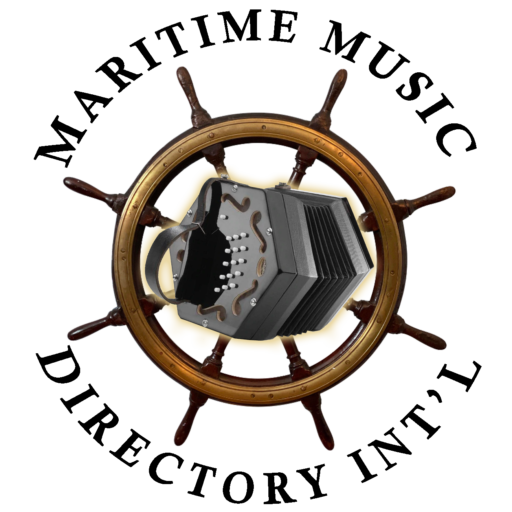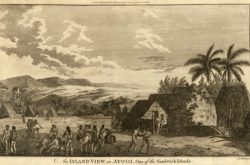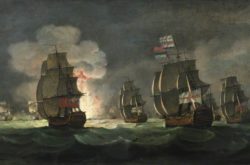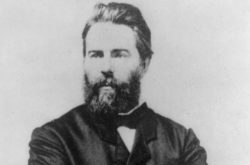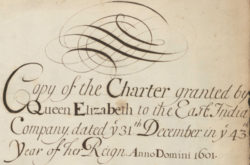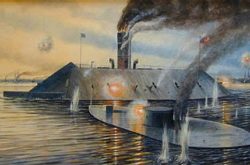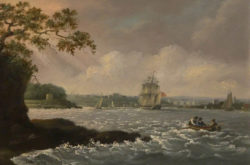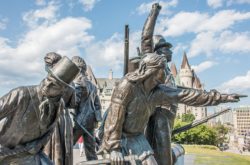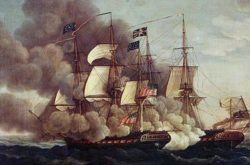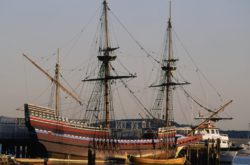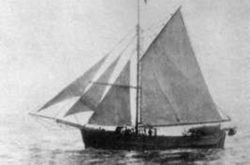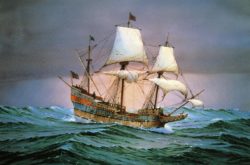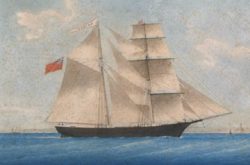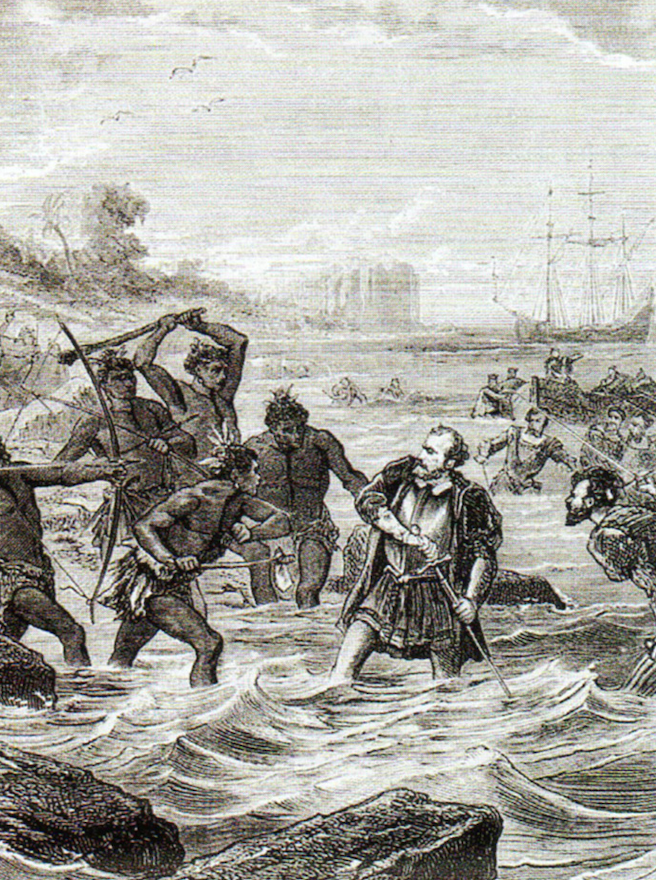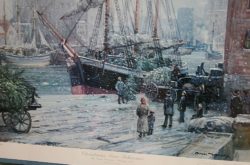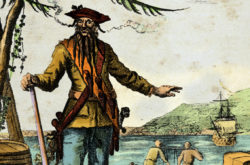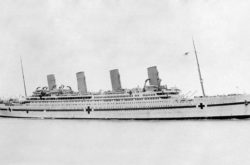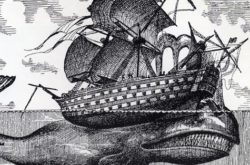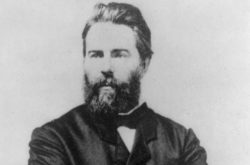Captain Cook Reaches Hawaii
On January 18, 1778, the English explorer Captain James Cook becomes the first European to travel to the Hawaiian Islands when he sails past the island of Oahu. Two days . . .
The Moonlight Battle at Sea (16 Jan 1780)
British demonstrate naval supremacy in The Moonlight Battle
British Admiral Sir George Rodney, with 18 ships-of-the-line, engages an inferior Spanish squadron of 11 battleships commanded by Don Juan . . .
Don Sineti Dies 5 Jan 2023
Our beloved Don Sineti crossed the bar last evening. He leaves an unfillable void in our world of chanteys and maritime music, and much more. His heart was as big as . . .
Herman Melville sails for the South Seas (1841)
On January 3, 1841, Herman Melville ships out on the whaler Acushnet to the South Seas.
Melville was born in New York City in 1819. A childhood bout of scarlet fever permanently . . .
USS Monitor Sinks (1862)
On December 30, 1862, the U.S.S. Monitor sinks in a storm off Cape Hatteras, North . . .
Charles Darwin sets sail from England (27 Dec 1831)
British naturalist Charles Darwin sets out from Plymouth, England, aboard the HMS Beagle on a five-year surveying expedition of the southern Atlantic and Pacific . . .
War of 1812 Ends with the Treaty of Ghent
On this date, December 24, 1814, the War of 1812 ends.
The Treaty of Peace and Amity between His Britannic Majesty and the United States of America is signed by British and . . .
Hythe folk singer Kerry Hearn died in a crash on the A20
On this date in 2014, Hythe folk singer Kerry Hearn died in a crash on the A20 in 2014. He was a member of the folk music band, Quidnunc. He left behind his loving wife, Mandy Hearn and musical . . .
Continental Congress Creates a Continental Navy (1775)
On Friday, December 22, 1775, the Continental Congress creates a Continental Navy, naming Esek Hopkins, Esq., as commander in chief of the fleet.
Congress also named four . . .
Mayflower docks at Plymouth Harbor (1620)
On December 18, 1620, the British ship Mayflower docked at modern-day Plymouth, Massachusetts, and its passengers prepared to begin their new settlement, Plymouth Colony.
The . . .
Roald Amundsen becomes first explorer to reach the South Pole
On December 14, 1911, Norwegian Roald Amundsen becomes the first explorer to reach the South Pole, beating his British rival, Robert Falcon Scott.
Amundsen, born in Borge, . . .
Sir Francis Drake Sets Sail (1577)
English seaman Francis Drake sets out from Plymouth, England, with five ships and 164 men on a mission to raid Spanish holdings on the Pacific coast of the New World and . . .
The Mary Celeste is spotted at sea (1872)
The Mary Celeste, a ship whose crew mysteriously disappeared, is spotted at sea December 5, 1872.
The Dei Gratia, a small British brig under Captain David Morehouse, spots . . .
Magellan Reaches the Pacific Ocean
After sailing through the dangerous straits below South America that now bear his name, Portuguese navigator Ferdinand Magellan enters the Pacific Ocean with three ships, . . .
Christmas Tree Ship Sinks (1912)
On this day (23 Nov) in 1912, the schooner ROUSE SIMMONS, better known as the Christmas Tree Ship, foundered in Lake Michigan near Two Rivers, Wisconsin. There were no survivors.
The . . .
Blackbeard Killed off North Carolina (1718)
Edward Teach, also known as Blackbeard, is killed on November 22, 1718, off North Carolina’s Outer Banks during a bloody battle with a British navy force sent from Virginia.
Believed . . .
Britannic, sister ship to the Titanic, sinks in Aegean Sea
The Britannic, sister ship to the Titanic, sinks in the Aegean Sea on November 21, 1916, killing 30 people. More than 1,000 others were rescued.
In the wake of . . .
Whaleship Essex Sunk by Sperm Whale
The American whaler Essex, which hailed from Nantucket, Massachusetts, is attacked by an 80-ton sperm whale 2,000 miles from the western coast of South America.
The 238-ton . . .
Moby Dick First Published (1851)
Moby-Dick is now considered a great classic of American literature and contains one of the most famous opening lines in fiction: “Call me Ishmael.” Initially, though, . . .
